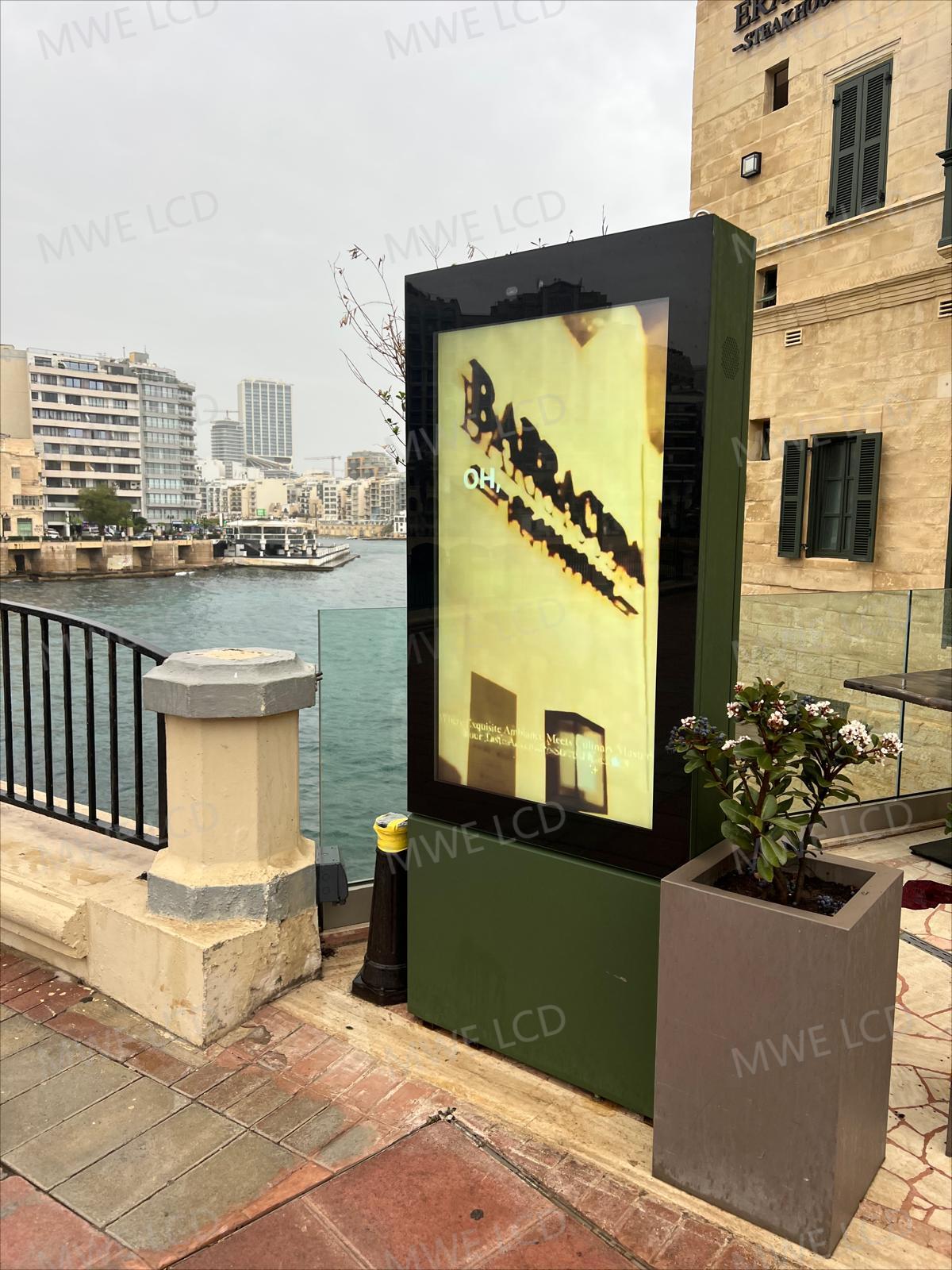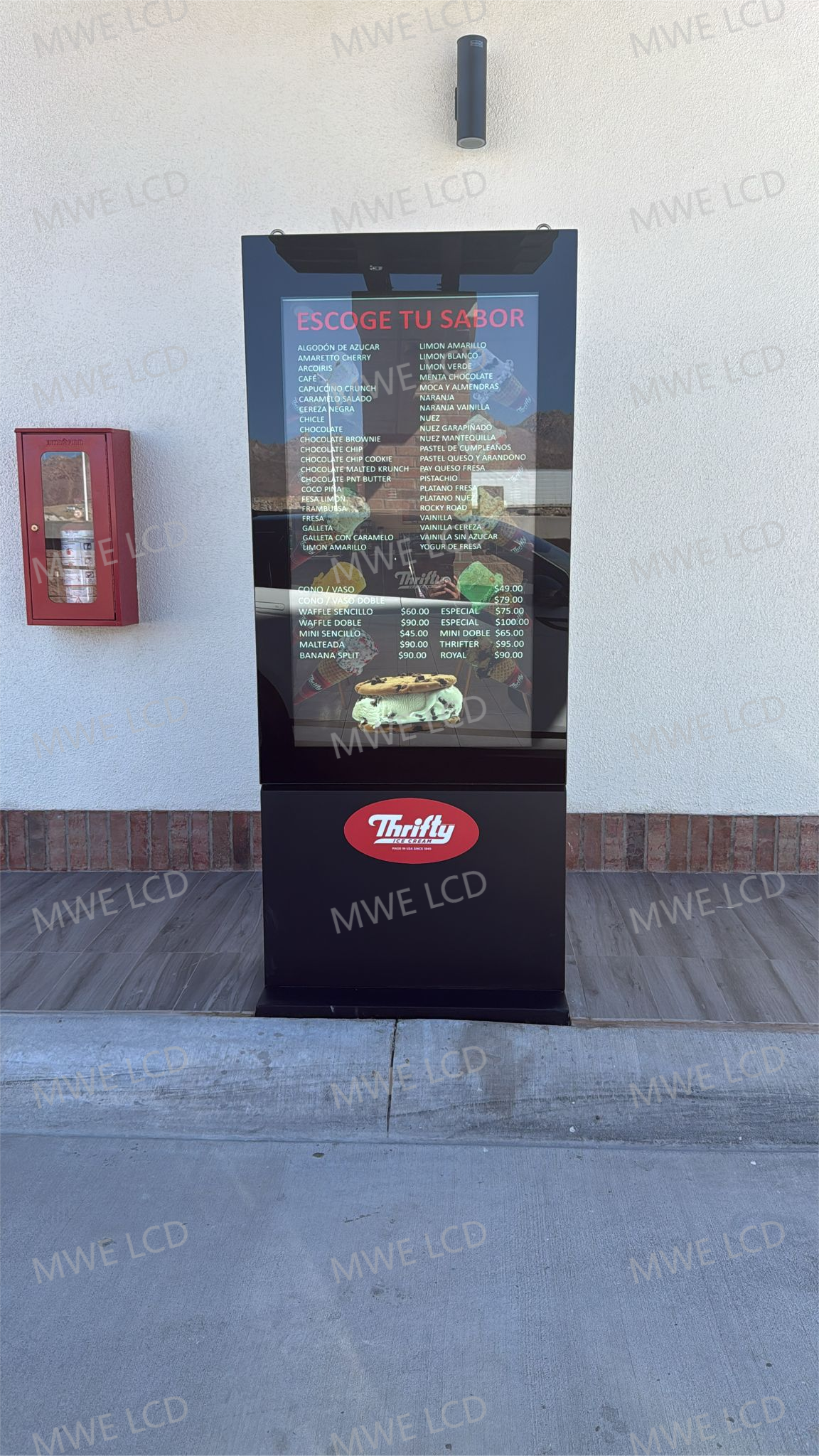Introduction:
Digital signage has become a ubiquitous tool for advertising, information dissemination, and interactive experiences in various settings. When considering digital signage, it’s important to understand that there are distinct differences between indoor and outdoor displays. These variances stem from the unique environmental conditions each type of display is designed to withstand. In this article, we will explore the key dissimilarities between indoor and outdoor digital signage displays, shedding light on their respective features and functionalities.
Weatherproofing and Durability:
Outdoor digital signage displays are purpose-built to endure exposure to harsh weather conditions such as rain, snow, extreme temperatures, and direct sunlight. They feature robust enclosures that are sealed and often have higher IP (Ingress Protection) ratings to safeguard against water, dust, and other outdoor elements. Indoor displays, conversely, do not require the same level of weatherproofing and are designed for more controlled environments.
Brightness and Visibility:
To combat the presence of sunlight and ensure optimal visibility in various lighting conditions, outdoor digital signage displays need to be significantly brighter than their indoor counterparts. These displays typically boast high-nit brightness levels to enhance visibility even in direct sunlight. Indoor displays, operating in controlled indoor lighting conditions, have lower brightness levels as they are not exposed to the same degree of ambient light.
Thermal Management:
Outdoor displays often incorporate advanced thermal management systems to effectively dissipate heat and maintain proper operating temperatures, particularly in hot climates. This feature ensures the display’s longevity and prevents overheating. Indoor displays, on the other hand, have less demanding thermal requirements as they operate in regulated indoor environments.
Energy Efficiency:
Due to their higher brightness levels and more demanding environmental requirements, outdoor digital signage displays may consume more power than their indoor counterparts. Conversely, indoor displays can be designed with energy-saving features to optimize power consumption in indoor environments.
Design and Aesthetics:
Indoor digital signage displays often prioritize sleek designs and aesthetics to seamlessly integrate with the interior environment. Their appearance can be customized to match the surrounding décor and ambiance. Outdoor displays, while still considering aesthetics, prioritize durability and functionality over aesthetic appeal. They typically feature sturdier frames and protective enclosures to withstand harsh conditions.
Connectivity and Control:
Outdoor digital signage displays may offer additional connectivity options and remote management capabilities, simplifying content updates, scheduling, and monitoring from a central location. Indoor displays may also provide similar features, but the emphasis is more on ease of use and integration with indoor systems.
Conclusion:
Understanding the differences between indoor and outdoor digital signage displays is crucial when selecting the appropriate solution for your specific needs. Outdoor displays are designed to withstand environmental challenges, possess higher brightness levels, and prioritize durability, while indoor displays focus on aesthetics, energy efficiency, and seamless integration with indoor environments. By considering these distinctions, you can make an informed decision and deploy digital signage that best suits your intended usage, location, and environmental conditions.




